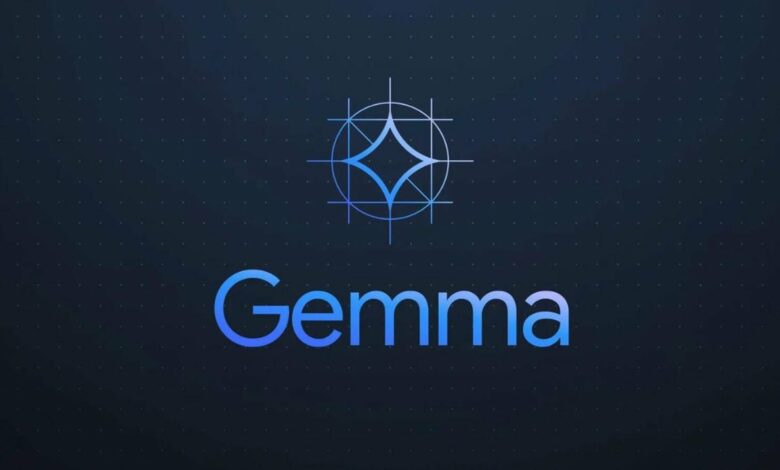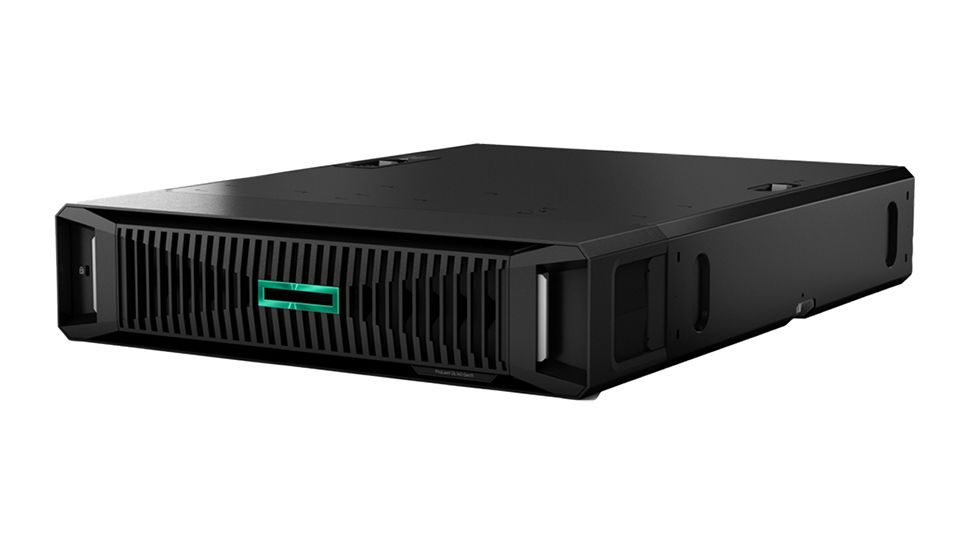New Gemma 2 AI Model That Can Surpass GPT 3.5 Released by Google

Gemma 2 2B artificial intelligence (AI) model was released by Google DeepMind on Thursday. It is the latest addition to the Gemma 2 family of AI models, joining Gemma 2 27B and 9B models. Despite its lightweight form factor, the company claims it outperformed GPT-3.5 models on the LMSYS Chatbot Arena benchmark. In addition, the tech giant also released ShieldGemma, a suite of classifier models to filter Gemma 2’s inputs and outputs, and Gemma Scope, a research tool that provides insight into how the AI model is performing.
Features of the Gemma 2 2B AI model
In a blog after On Google for Developers, the company announced Gemma 2 2B, which has become the smallest language model of the family. Introduced as an on-device AI model, the post highlighted that despite the small parameter size, its output punches significantly above its weight class, as it was distilled from larger models. However, the tech giant did not disclose which AI models were used for its training.
Google also claimed that the Gemma 2 2B AI model outperformed the GPT-3.5 models on the major model systems organization (LMSYS) Chatbot Arena Elo score. The AI model was said to receive a score of 1126, while the Mixtral 8x7b Instruct v0.1 model scored 1114 and GPT-3.5 scored 1106.
The AI model is also optimized to run on a wide range of hardware. For edge devices and cloud-based deployment, it has been refined for Vertex AI and Google Kubernetes Engine (GKE). It has also been optimized for the Nvidia TensorRT-LLM library and has been made available as an Nvidia NIM. Furthermore, Gemma 2 2B also integrates with Keras, JAX, Hugging Face and other major platforms.
Since it is an open-source AI model, the open weights can be downloaded from Google’s Hugging Face mentionKaggle, or Vertex AI Model Garden. It can also be tried on Google AI Studio.
![]()
ShieldGemma
Photo credit: Google
Alongside Gemma 2, ShieldGemma was also released, a suite of safety classifications that can detect and remove harmful content in both the input and output of the AI model. Google said the system will focus on hate speech, harassment, sexually explicit content, and dangerous content.
Finally, Gemma Scope, a research tool for academics and developers, was also released. The system uses sparse autoencoders (SAEs) to locate specific parts within the model to highlight how the decision-making process works and how the architecture works.




